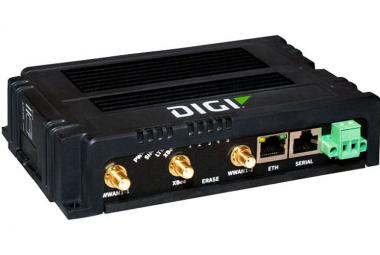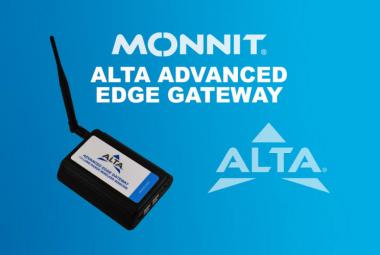Industrial IoT gateways are critical for connecting legacy systems with modern technology. They also play an important role to support the migration of manufacturing applications to the cloud
Global research firm IoT Analytics has recently added that the industrial IoT gateways market accelerated significantly from 2021 to 2022, growing ~14.7% to reach $860 million (38% of the overall IoT gateways market). The report also stated that IIoT gateways are enabling IT and OT convergence by securely and efficiently sharing data between floor-level OT equipment and IT equipment or the cloud—with implementation typically as part of one of four broader IoT architectures. There are several IIoT gateway advancements e.g., in security, edge computing, and storage.
The point is what are the major factors that are driving the growth of this technology. It helps in connecting the unconnected. Many companies are retrofitting their legacy equipment with sensors and controllers, using IIoT gateways to perform necessary protocol and data transformation and transfer the data to an IT endpoint. Then, the software applications are also migrating. Companies with connected equipment are moving some key applications to the cloud, with IIoT gateways emerging as the main nexus point for information flow in and out of industrial premises. Some applications are also now run locally on the gateway itself.
How IIoT gateways connect the IT and OT worlds?
Many companies maintain legacy equipment that does not have sensors or control devices. Even if the legacy equipment has sensors or controllers that connect locally, such as to a human-machine interface or panel PC on the factory floor, it may not offer connectivity options or use messaging protocols that end equipment (like an IT server or cloud) uses. Meanwhile, companies that possess IoT-enabled equipment may desire to move data off-premises (e.g., to remote IT equipment or the cloud) or enhance local data computation for automated responses before transmitting the data.
In cases like these, IIoT gateways can connect with standalone or integrated sensors—either wirelessly or wired through I/O module masters—to transmit data to IT or cloud servers. As described below, they fit within many architectures found in industrial IoT solutions.
IIoT gateways within IoT architectures
Whether a company builds or buys an IoT solution, the solution will align with an IoT architecture to collect and transmit data to the endpoint. While a direct sensor-to-cloud architecture does not require the use of an IIoT gateway, IIoT gateways are commonly found in 4 general types of IoT architectures.
-
Sensors/devices to PLC/IPC to IIoT gateway to cloud
In industrial environments with existing automation hardware, the sensors/devices to PLC/IPC to IIoT gateway to cloud architecture are very common. Field sensors or actuators are connected to I/O module masters. These I/O module masters transmit data to the on-premises PLC or IPC. The PLC/IPC is then connected to the IIoT gateway, which serves as a bridge between the PLC/IPC and the cloud.
-
Sensor to I/O modules to IoT gateways to cloud
In the sensor to I/O module master to IoT gateways to cloud architecture, simple sensors connect to I/O module masters. The I/O module master then uses wired or wireless connectivity standards to transfer data to IIoT gateways, bypassing any PLC or IPC.
-
Sensors in devices to IoT gateway to cloud
In the sensors in devices to IoT gateway to cloud architecture, devices equipped with single or multiple onboard sensors are connected directly to the IIoT gateway. This architecture is often deployed where non-standalone IoT devices are used (i.e. devices that cannot connect to the internet by themselves).
-
Sensors to IoT gateway to cloud
In the sensors to IoT gateway to cloud architecture, IIoT gateways enable connections between sensors and cloud servers directly. This architecture can for example be found when retrofitting specific sensors on an asset (e.g., for condition monitoring) with the desire to bypass all other existing networks (to not interfere with them and create a new security risk).
Knud Lasse Lueth, CEO of IoT Analytics said, "Industrial IoT gateways are critical for connecting legacy systems with modern technology. They also play an important role to support the migration of manufacturing applications to the cloud. In the future I also expect a number of smaller applications to sit directly on IIoT gateways, leveraging containerization technology, more powerful storage and computation, and in some cases even AI chips for ML inference."













